|
29th December 2021 We're at Simon's for some Wednesday evening gaming goodness during the mid Christmas break. The game of the night was Lost Ruins of Arnak. "That belongs in a museum!" What does? Cliched old one liners! Lost Ruins of Arnak is a game about raiding temples of a long forgotten ancient civilisation on an uncharted island. What's in a game?
The game has really nice plastic pieces for arrowheads, tablets and jewels, along with wooden meeples, magnifying glasses and notebooks, you can never go wrong with wooden components and yet, makes use of unremarkable card tokens for coins and compasses. Yes it's a minor quibble but it's definitely noticeable. The game's cards and tiles are standard quality. From an art perspective, it's all pretty good, cards and tokens all have nice, clear and colourful thematic art. The standout however, is the board, with a pair of lovely landscape images, it's almost a shame that they'll mostly be covered with components during play. The game contains a fair amount of iconography, none of it was particularly unclear though. How's it play? Setup
On to play A round in Lost Ruins of Arnak continues until all players can no longer perform actions (Free actions don't count.) or have passed. The game features a pretty standard turn order that goes clockwise and in their turn, players will get 1 main action and any amount of free actions. A round proceeds as follows:
Endgame When the 5th round is completed, then so it the game and we go to scoring. There are a variety of opportunities to score. Research: Research tokens earn VPs depending where they finished on the research track. Temple tile: Players who reached the temple can score the VPs on these tiles: Idol tokens: each idol token acquired earns 3 VPs. Player board idol slots: Each empty slot on a player's player board earns the VPs it displayed. This means when an idol is slotted for a benefit, the VPs it covers are not scored. Guardian tiles: Each guardian defeated earns the player 5 VPs. Cards: Aretfact and item cards can also earn the owning player VPs. Fear cards: Finally; fear cards. Each fear card a player has deducts 1 VP from their total. Points are tallied, highest score wins! Overall
Hmmm, what to say about Lost Ruins of Arnak. It would only be a slight exaggeration to say that this game is sort of a jack of all trades and master of none. A little bit of deck building, a little bit of worker placement and a little bit of resource management, this game has it all! Joking aside, this, on a basic level represents 3 different approaches to accumulating VPs. That is; buying cards and using cards, visiting sites and moving up the research track. Card will get players useful special abilities and travel points, visiting sites will acquire players resources and going up the research track gets other benefits, including assistants. Players will not want to neglect any of these elements and there's fairly good synergy between different parts of the game, but generally players end up focusing on 1 of them during play. While the game isn't overly complex, there's quite a lot to consider. Personally, it felt like going up the research track was a good way to score big but it's hard to be sure. Another very important factor to think about is turn-economy, there's no set number of turns per round in Lost Ruins and finding ways to get extra main actions is vital. A player who gets 10 actions per round instead of 5 is going to just do better and I have to say, finding way to combo actions into more actions is pretty satisfying. For example, a player might use a card to get resources to move a worker to get different resources to spend on the research which would provide another benefit. Having said that, taking a single main action at a time can feel frustrating, yes it's a combo system, but it's a slow one - unless you're the only player still with actions. I found Lost Ruins of Arnak a fun game, but not a particularly compelling one; it's hard to put a finger on. The game's theme fits it's mechanics well and it has great presentation. I think maybe that all the game's systems, the worker placement and the deck building and so on are all on an individual level, a little uninspiring and bland. The deck building mechanic would never stand on its own for example, neither would the worker placement, on the other hand, they don't need to. So is the sum greater than the parts? The jury's out. When I encounter a game I like, I get the urge to buy a copy and I don't get that with Lost Ruins of Arnak. The game was entertaining but it wouldn't be first choice of mine to play but I happily play it if someone else wanted to.
0 Comments
Leave a Reply. |
AuthorI play, I paint. Archives
March 2024
Categories
All
|

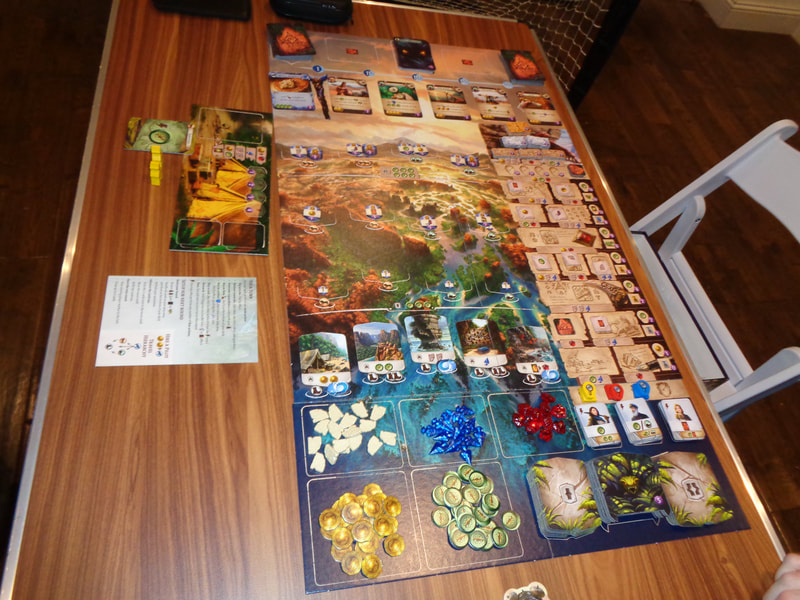
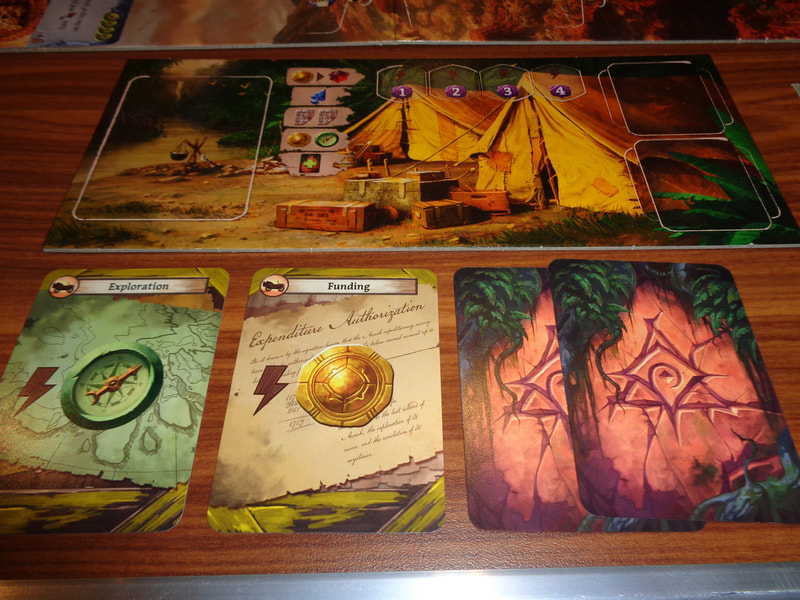
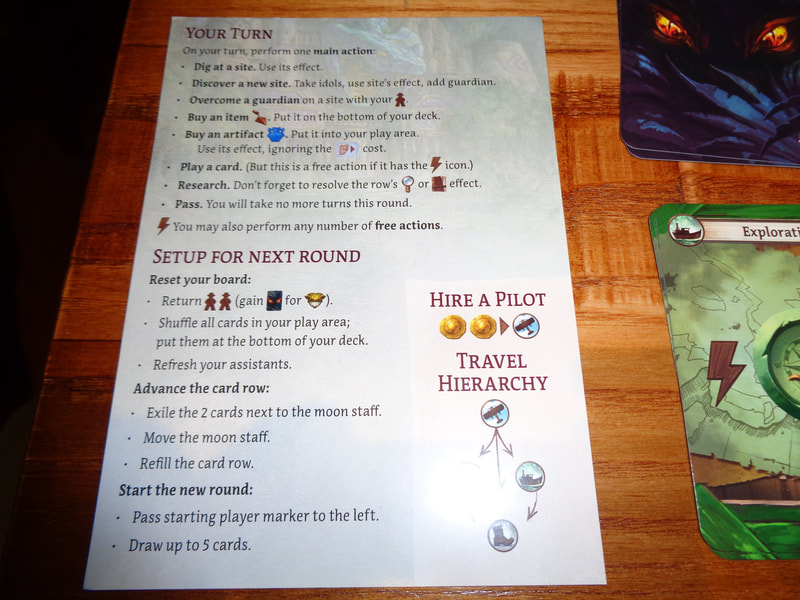
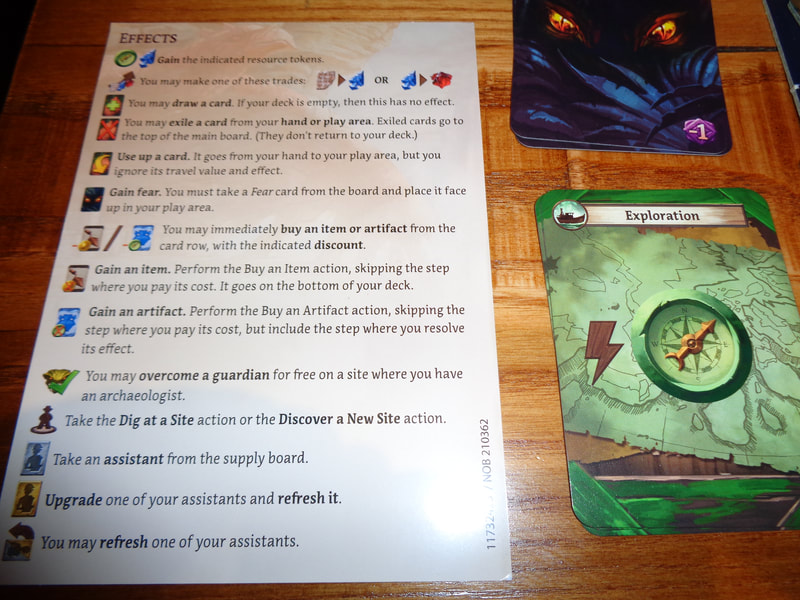
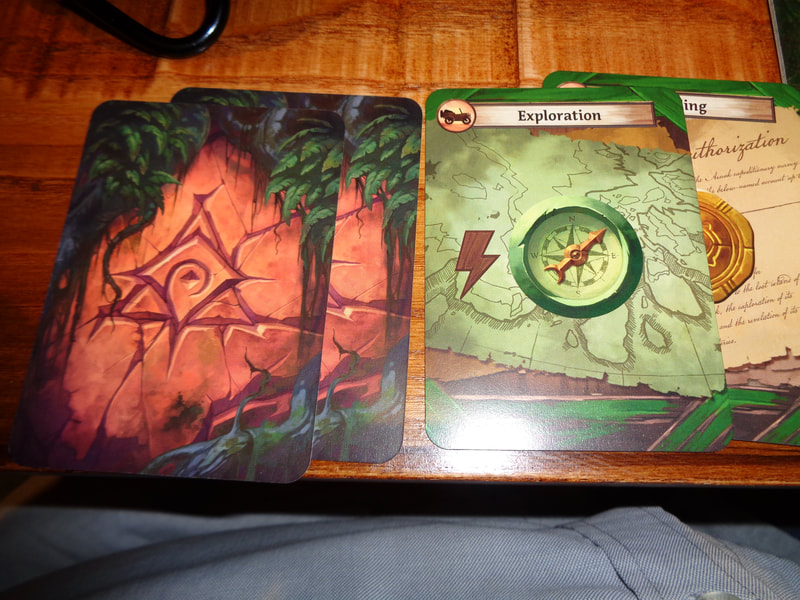
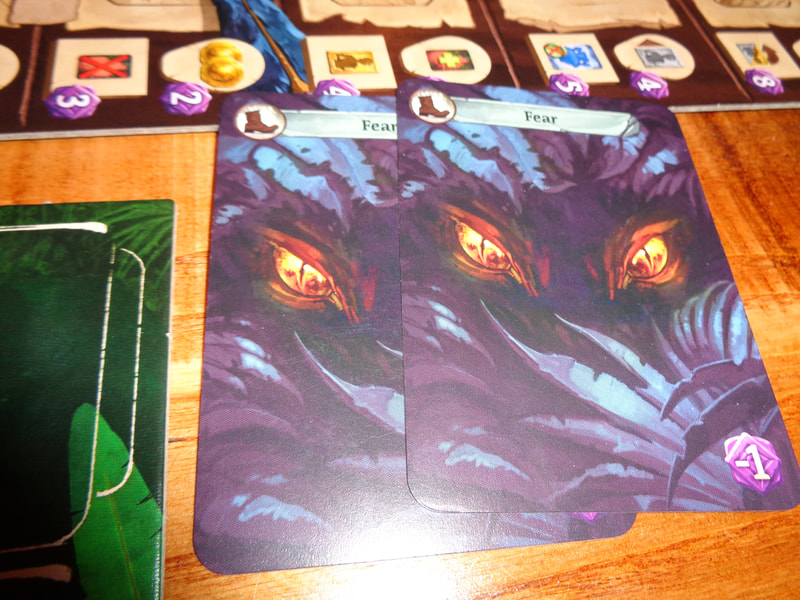
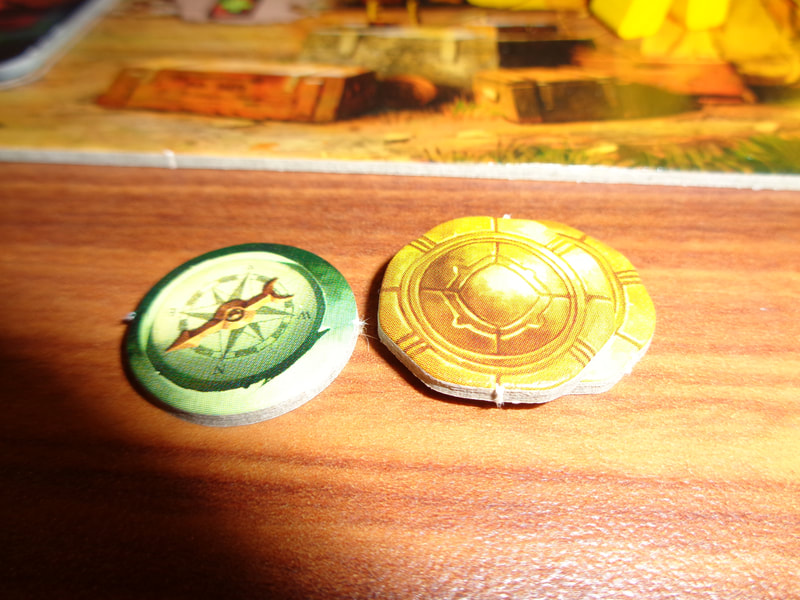
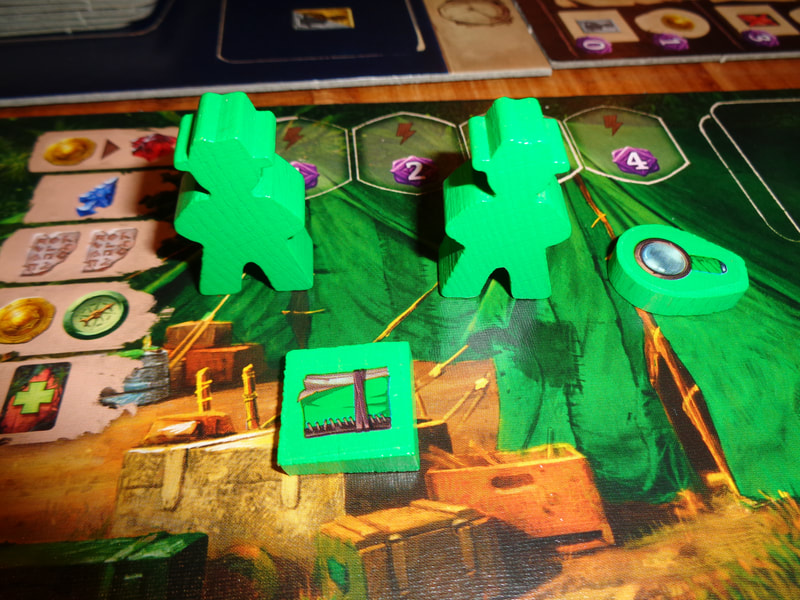
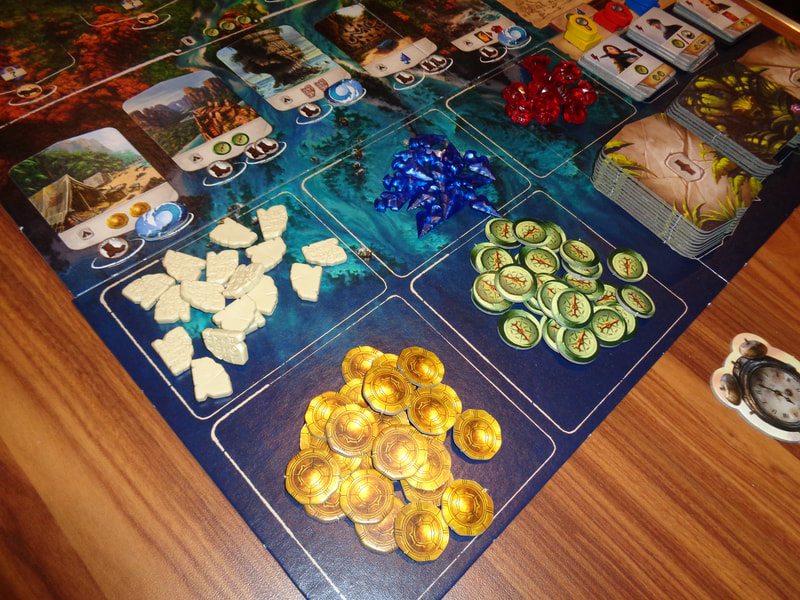
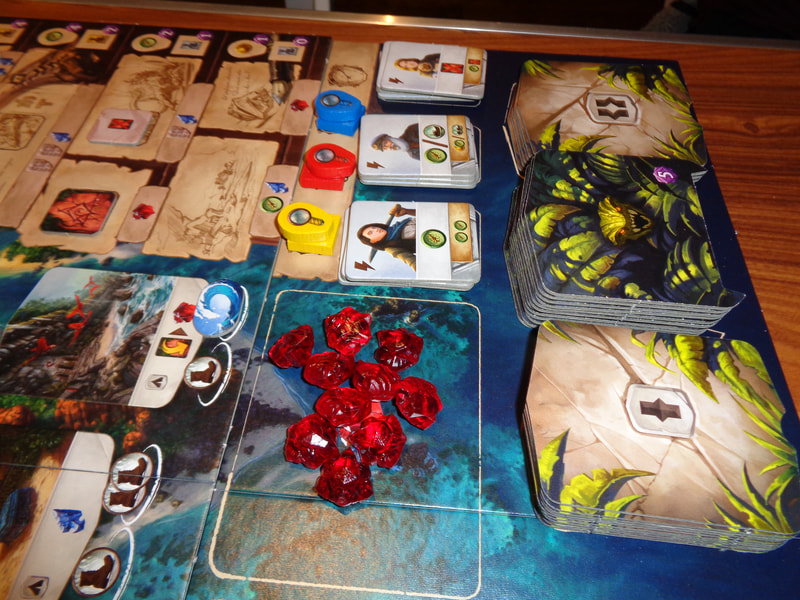
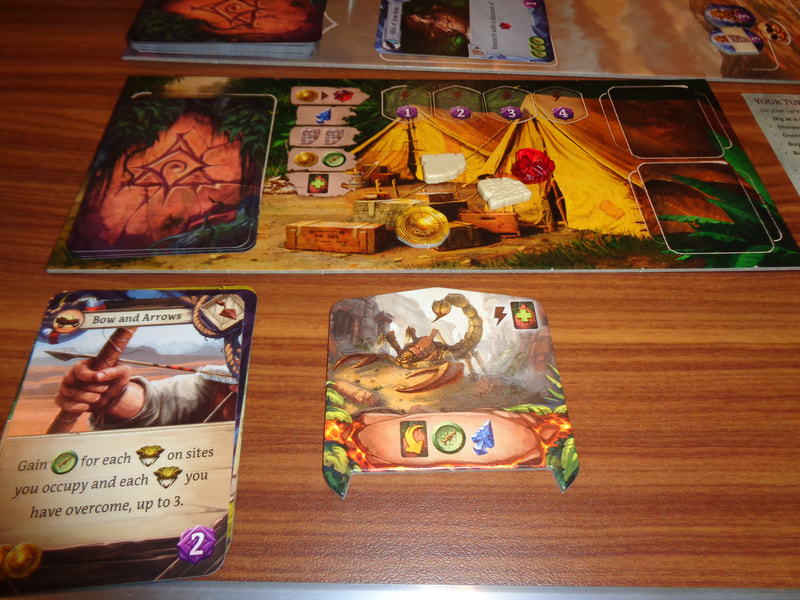
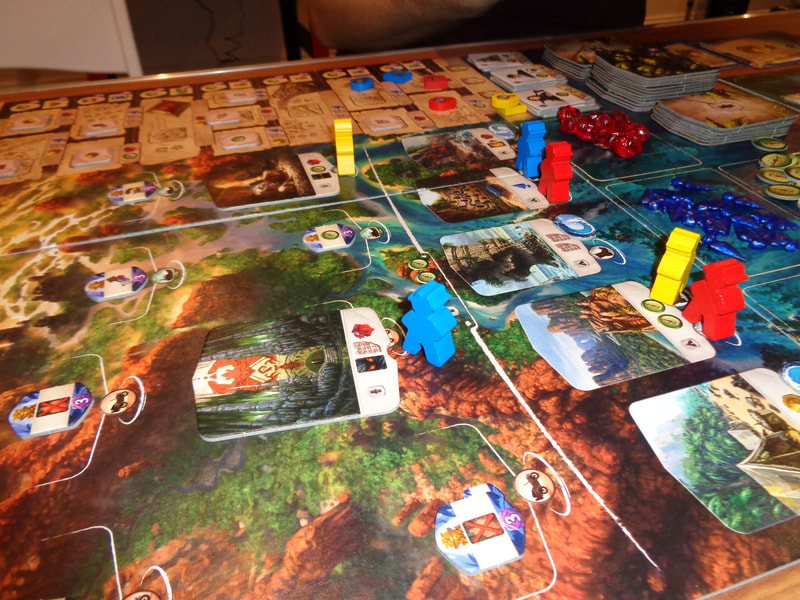
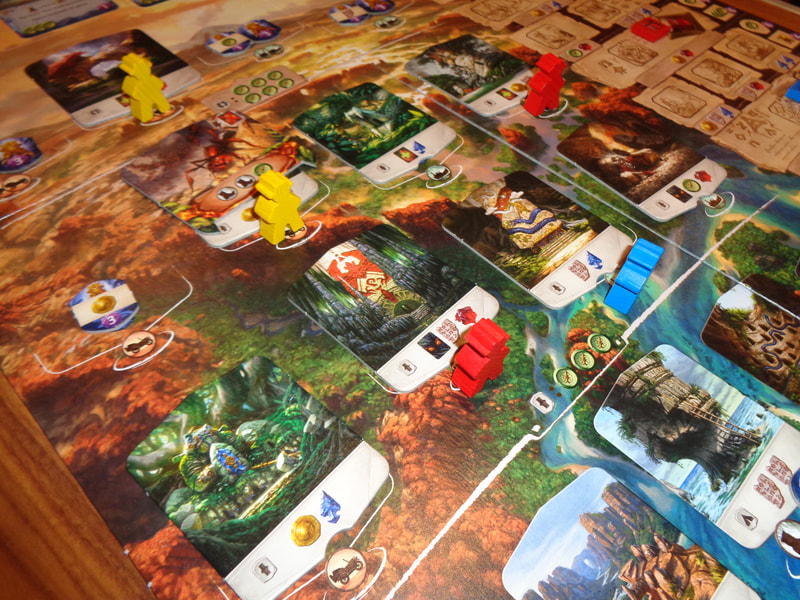
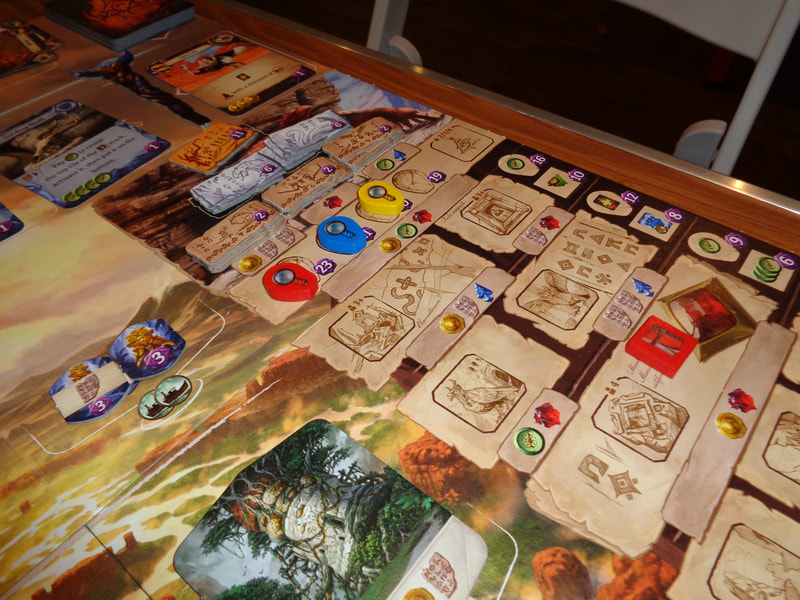
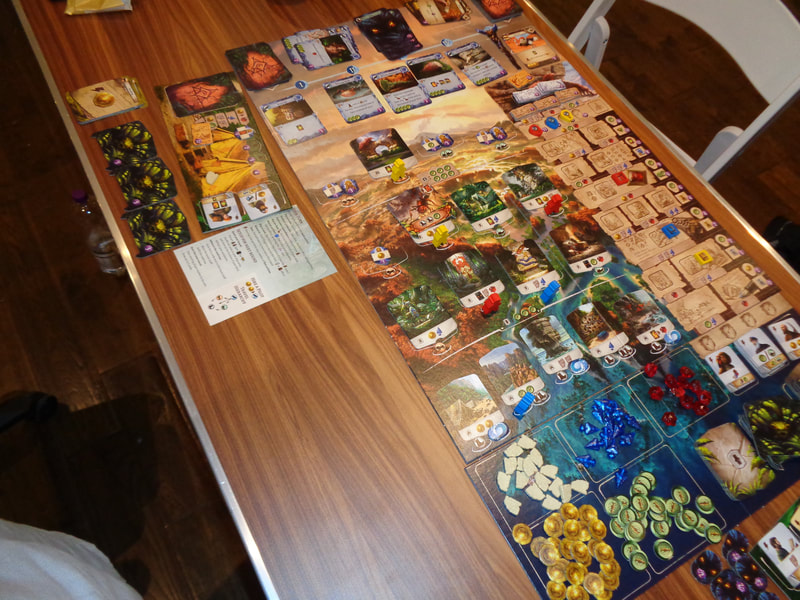
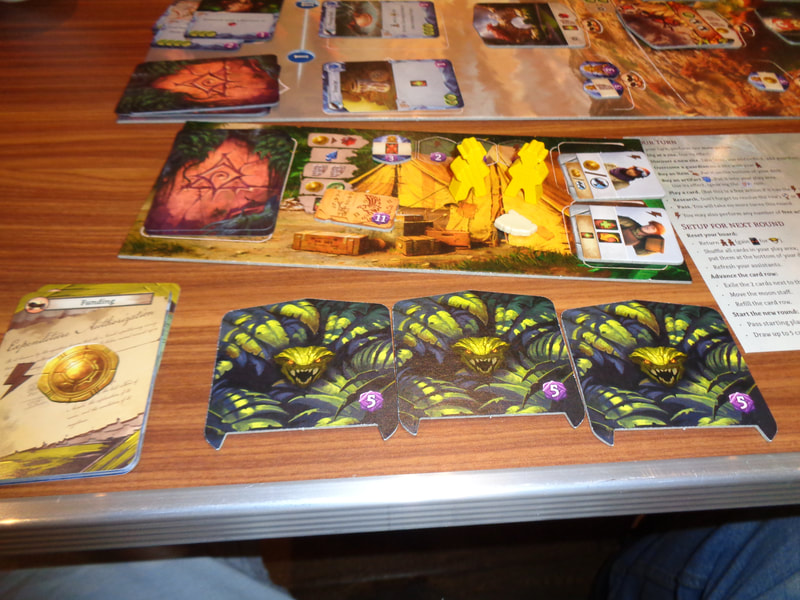
 RSS Feed
RSS Feed
